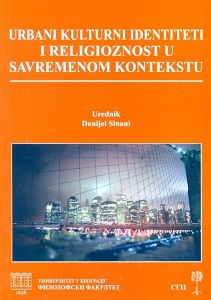
We kindly inform you that, as long as the subject affiliation of our 300.000+ articles is in progress, you might get unsufficient or no results on your third level or second level search. In this case, please broaden your search criteria.

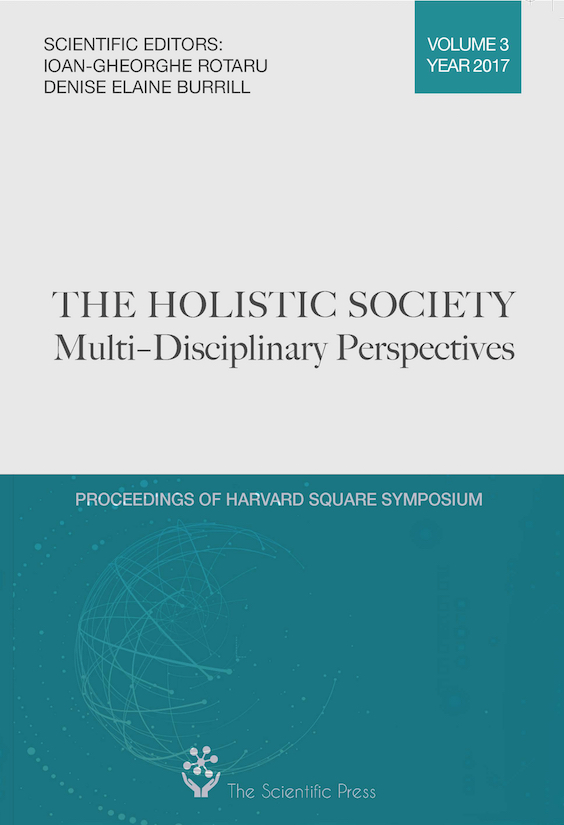
Holistic development of a society can also be defined as the study of the relationships between urban and rural sociologic contexts. This paper asserts that one of the contemporary imbalances that exist in the Romanian society is related to the difference between fairly large urban setting and the rural one. This imbalance manifests itself both in social, economic, emotional and religious aspects. In general, Romanian village has been affected by all these changes that took place in Romania during the most recent years. Therefore, a holistic development of the national society would mean the narrowing of this gap through a combination between foreign investment in the villages and the existing resources provided by the inhabitants of the villages. As an intervening variable, this paper analyzes what the Church is able to do to support rural development. What should be done to change the dynamics of rural Churches? In answering these questions, this article focuses exclusively on the presence of Baptist Churches in rural areas, based on my own research and personal involvement. The article will also outline some of the most influential factors that affect the rural development; particularly the strategy for revitalization of the Baptist churches in order to bring a positive contribution to social rural development. KEY WORDS: Rural Development, Church Dynamics, Baptist Church
More...
The aim of this article is that of exploring the features of Karl Barth’s theology of the Word of God. Starting with the way Barth sees the forms of the Word of God and their indissoluble unity and continuing with way Barth sees the nature of the Word of God, the analysis will show the features of Barth’s thought about the Word of God as a witness to the revelation of God, as constitutive for the life of the Church and as paramount for the proclamation of the Church. Moreover, the analysis will reveal the way in which argues the fact that the Word of God is the medium in which the knowledge of God, is possible to the believer as an individual and for the Christian community as well.
More...
Through the laicisation of education in communist Romania, the education and training of the young generation has become the exclusive competence of the socialist state. Through school, the communists had, as their main objective, the education of children and young people in the spirit of material-scientific conception of the world and life. The monopolization of the media, the introduction of materials that favor atheism in the analytical curriculum, and the carrying out of performances in which the main Christian celebrations were caricatured, were just some of the methods of actively implementing the creation of the “new man”.
More...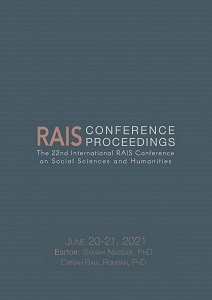
The seventh day of creation is the day of the Presence, the day of God’s dwelling with the created world. The Sabbath becomes the reverberation of this reality. However, are there levels of access that can be discerned in the sabbatical experience? Regarding the Sabbath as sacred time, we can distinguish at least two levels or stages of proximity, one general and the other one special. These stages can be delineated more precisely if we first identify them in space before tracing them in time. Thus, starting off from the general stage of the Presence and further building on it, both the meeting and the fellowship comprise together the superior, ultimate stage – the Holy Grail of the sabbatical experience. The full experience that is referred to is expressed in the text in terms of “rest.”
More...
Is hate bad? Can hatred have good values for man and society? When it is born from deep, religious beliefs, is society entitled to question the source of this hatred, even if it is a religious system of any kind? Is Christianity a promoter of hatred? What does the Bible say and what did history say? How to harmonize the commandments that promote love, the care for ones neighbour with those that promote the opposite, namely hatred. Hate as well as love is not only a simple human feeling but also a choice that can become a way of life, that can shape destinies. Man is a sociable being, through his own construction he becomes a vector of feelings and decisions for those around him. For this reason, society can be loaded with love or hate and in the end, can be characterized by one of them. But for the current analysis, the question is: can hatred be good?
More...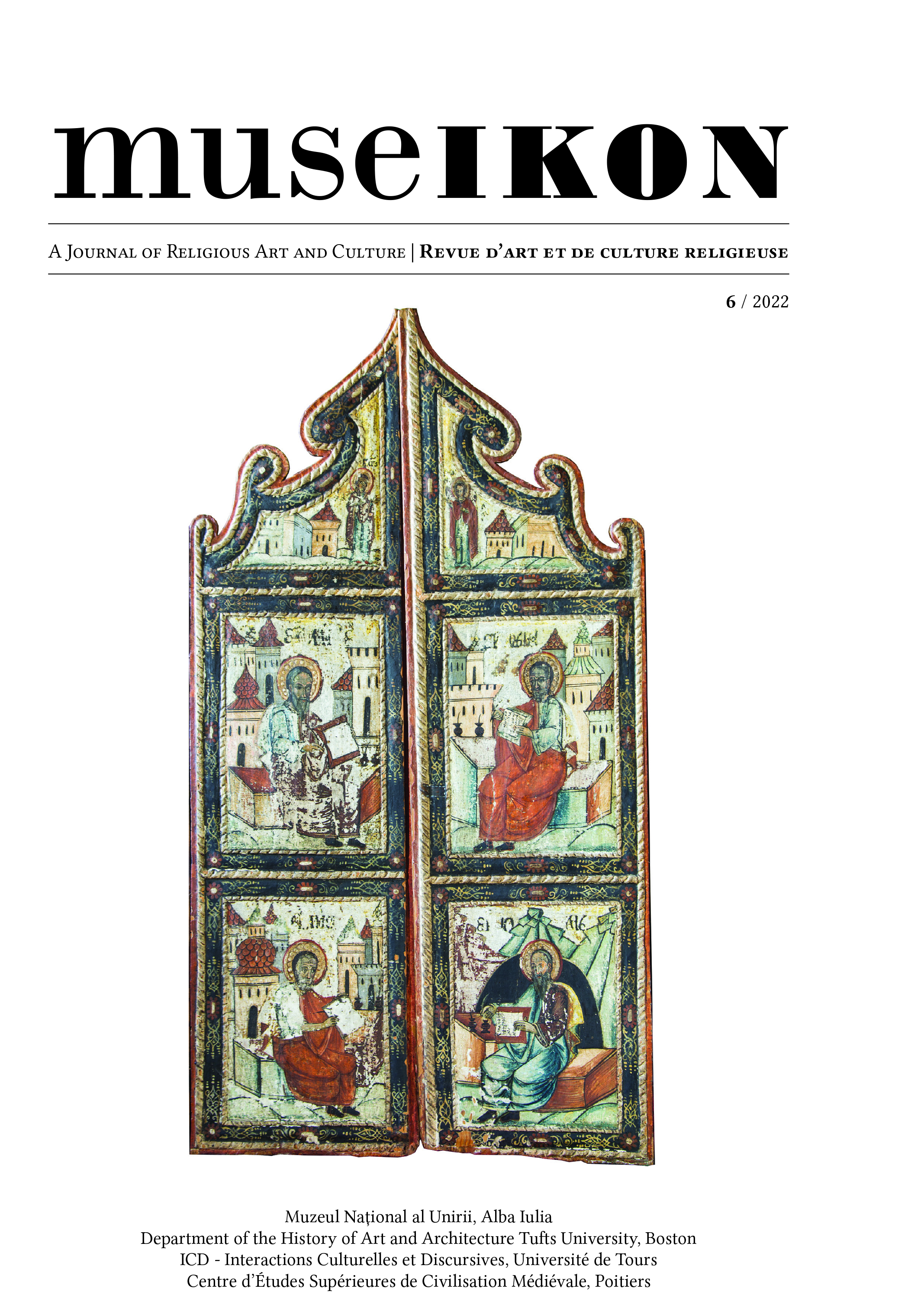
Après avoir reconfirmé la datation de Camille Enlart (vers 1421 ou 1421-1424) et identifié le comman-ditaire (l’évêque de Limassol Barthélemy Gui) dans une inscription fragmentaire, la présente étude explore: d’une part, les modèles des inscriptions en langue vernaculaire française de Pyrga (Chypre); d’autre part, la lo-gique du programme iconographique et le contexte culturel que sous-tend cette dernière. Dans la première par-tie, l’analyse des inscriptions de la chapelle prouve que le concepteur du décor peint a suivi un modèle manuscrit, sans doute un psautier avec un grand cycle d’enluminures. L’étude évoque trois termes de comparaison célè-bres: le Psautier de la reine Ingeburge (Chantilly, Bibliothèque du Musée Condé, 9 – tournant du xiiie siècle), le psautier de l’évêque Henri de Blois (Londres, British Library, Cotton Nero C iv – vers 1160) et le livre d’images de Marie de Rethel (Paris, Bibliothèque nationale de France, n. acq. fr. 16251 – vers 1285). Dans la source manuscrite reconstituée, les inscriptions en ancien français étaient probablement transcrites en tant que tituli, d’après une typologie tripartite: noms de fêtes religieuses, groupes nominaux ayant une fonction analogue et légendes sous forme d’énoncés introduits par l’adverbe coument. La langue des inscriptions de Pyrga, un français d’Outremer, présente les traits particuliers des scriptae chypriotes de la fin du Moyen Âge. De plus, on constate que la déco-ration de la chapelle inscrit le monument de Pyrga dans la catégorie des chapelles royales de l’Europe occidentale (xive et xve siècles). Le transfert du codex à la paroi concerne non seulement les images, mais également les textes qui accompagnent ces dernières. L’auteur s’intéresse ensuite à la disposition symétrique de la décoration dans les deux travées de la chapelle, ainsi qu’à la manière dont cette disposition accentue l’Uniatisme catholique-orthodoxe. La logique dos-à-dos de la décoration émule celle des icônes à double face – termes de comparaison directs pour la chapelle – notamment leur choix d’apparier deux scènes : la Crucifixion / la Mère de Dieu. Le con-cepteur du décor peint souhaitait évoquer l’osmose de deux églises: une église latine, orientée vers l’Est; la sug-gestion d’une église byzantine, orientée vers l’Ouest. Cela explique le choix particulier de la décoration des voûtes (christologique pour la travée Est et mariale pour la travée Ouest), la double représentation de l’An-nonciation (pour marquer l’orientation des deux églises) et le choix d’une composition de type pala d’altare pour la paroi Est, tandis que la paroi Ouest imite la décoration des templons byzantins. L’osmose des deux églises est indiquée de manière encore plus claire par le choix de représenter les martyriums des saints Étienne (signifiant l’Orient) et Laurent (signifiant l’Occident) au-dessus des entrées latérales. Ce serait une allusion à l’osmose des corps de ces saints dans la Coniunctio corporum sanctorum Stephani et Laurentii (bhl 4784b). Après une réévaluation du texte fragmentaire (aujourd’hui perdu) de l’inscription dédicatoire, il est évident que la dédicace proprement dite concernait l’Assomption de la Vierge. Qui plus est, l’osmose Est-Ouest était de nou-veau indiquée par la représentation dans un même cadre de la Dormition de la Mère de Dieu (sujet à connotation byzantine) et du Couronnement de la Vierge (thème occidental par excellence). Les textes littéraires des xive et xve siècles confirment la fixation chypriote de l’appariement de la Mère de Dieu avec la Passion du Christ, de même que plusieurs autres choix de la décoration de Pyrga. La signification de la décoration devait être multiple, en rapport avec la triple utilité du bâtiment: chapelle funéraire (pour Barthélemy Gui), chapelle royale (pour le couple Janus de Lusignan-Charlotte de Bourbon) et point d’entrée au monastère de Stavrovouni, qui hébergeait des reliques de la Sainte Croix.
More...
L’article nous présente la manière dont trois histoires, avec des finalités très différentes, s’avèrent en réalité interconnectées. La première histoire est celle de saint Antoine Petchersky (xe-xie siècle), père du monachisme russe et fondateur de la Laure des Grottes de Kyïv; la deuxième concerne un monastère du Mont Athos, où ce saint aurait vécu pendant un certain temps au xie siècle; la troisième nous parle d’un objet qu’il aurait porté. La présente étude permet d’explorer la rivalité entre Grecs et Russes au Mont Athos dans la seconde moitié du xixe siècle. Elle permet également d’interroger la question des ‘faux’ objets et la pertinence culturelle de ces derniers.
More...
L’article présente une série d’icônes et d’objets liturgiques provenant du trésor du monastère Rakovica à Belgrade, en Serbie. Plusieurs exemples, datant de différentes périodes, témoignent de l’influence culturelle russe sur le milieu local serbe. Le monastère possède six icônes peintes dans le Palais des Armures du Kremlin à Moscou vers la fin du xviie siècle. Ces icônes, qui comptent parmi les témoins conservés les plus anciens, nous renseignent sur les relations serbo-russes au sein de la vie religieuse de Belgrade. D’innombrables guerres ont jalonné l’existence du monastère Rakovica, ce qui explique que le trésor soit aujourd’hui relativement modeste. Il comprend, par exemple, quelques icônes russes des xixe et xxe siècles, principalement des artefacts produits en série, sans valeur artistique significative. Toutefois, les revêtements en argent de trois de ces icônes nécessitent une analyse approfondie. Aussi, le trésor comprend-il plusieurs livres liturgiques imprimés à Moscou ou dans la Laure des Grottes de Kyïv, de même que deux objets liturgiques.
More...
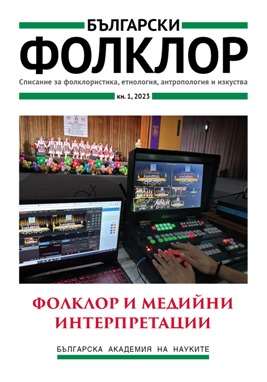
Diverse influences of folklore tradition in contemporary media are presented in this article. The pandemic “closure” and encapsulation of the normal rhythm of life in 2020 unleashed a wave of creative TV, radio, social media manifestations, focused not only on covering the unusual situation, but also on the particular “return” to traditional practices and ways of adapting to the daily life routine. Self-introspection became a journey towards primordial rituals where tragic and comic coexist in the resistance and affirmation of life. The observed and analysed examples are from the Czech and Bulgarian media environment.
More...
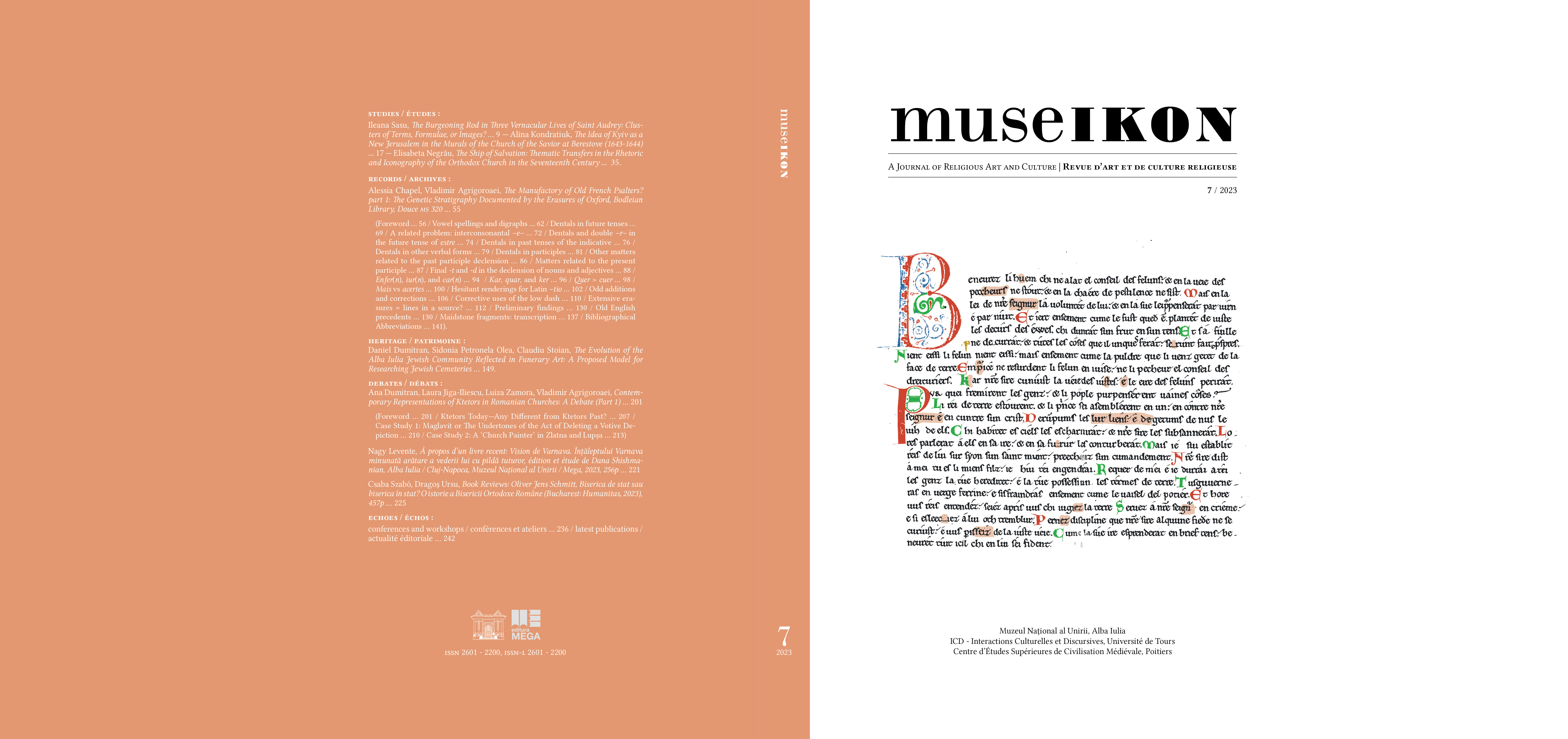

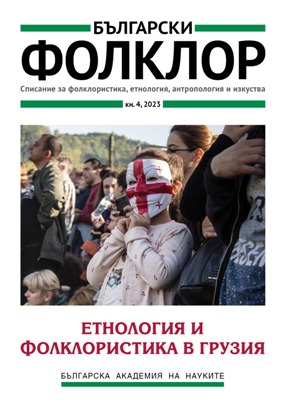
The article introduces to the late medieval romance in verse Vepkhistq’aosani by Shota Rustaveli – the central artefact in Georgian cultural self-awareness and the top item of ‘high’ Georgian cultural export. It briefly presents its narrative content, indicating the correlation of two plot-lines (initially through enframing, after some point though horizontal interlacing). It briefly introduces to the main fluctuations and 20th-century tendency in translating the work’s title, interpreting the fluctuations as indicative of aesthetic differences, and the tendency as an indication of the ‘cultural market’ success of the Soviet-Georgian (in its ideological and aesthetical basis –a Stalinist and socialist-realist) image of Rustaveli’s masterpiece. It presents two influential to dominant claims of Georgian Rustvelology – that the work is a poema (and not a novel/romance) and that it displays, at least partially, Renaissance outlook and poetics, – considering these claims as tools (1) of Soviet “Culture Two” to allot a proper place to Georgian nation within the alternative modernity of the USSR and its premodern background-under-construction, and (2) of Soviet-Georgian cultural nationalism to define a usable past in post-Soviet conditions; and (3) as beliefs. It revitalises the option to contextualise the work of Rustaveli (and, indirectly, Georgian cultural identity) in non-Eurocentric terms, providing some factographic and theoretic clues from the field of macrohistory (J. Abu-Lughod et al.) and a methodological one from sociology of arts (P. Bourdieu).
More...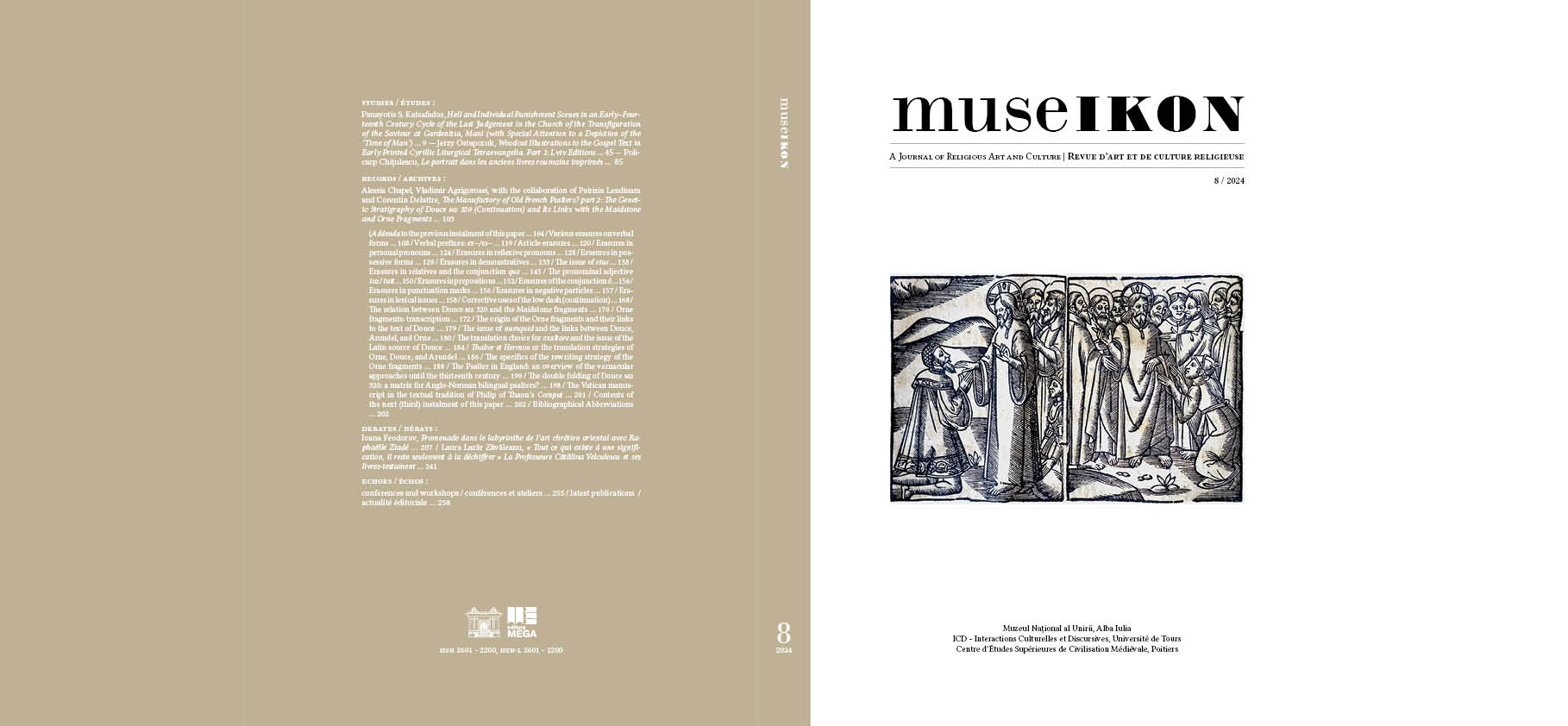
Le présent article s’inscrit dans la continuité de celui qui a été publié en 2023 dans la même revue (The Manufactory of Old French Psalters: Part 1…). Ce deuxième volet comprend d’abord une section de addenda qui complètent certaines parties du précèdent article. S’ajoutent ensuite les érasures dans diverses formes verbales, suivies par un recensement des corrections liées aux préfixes ex– et es–. D’autres séries d’érasures concernent différentes parties du discours: articles définis; pronoms personnels; pronoms réflexifs; formes possessives; démonstratifs; avec une étude de cas sur les choix de traduction du génitif eius, dont plusieurs documentent l’existence d’un antigraphe. Il s’agit souvent d’une hésitation entre les formes faibles et fortes. Des sections com-plémentaires sont consacrées aux érasures des pronoms relatifs et de la conjonction que; à l’adjectif pronominal toz / tuit; aux prépositions; à la conjonction é; aux signes de ponctuation; et aux particules négatives. L’ana-lyse des érasures du manuscrit d’Oxford, Bibliothèque bodléienne, Douce 320 se termine par un examen détaillé des corrections liées à différents phénomènes lexicaux. L’article porte ensuite sur les rapports entre le manuscrit Douce et les fragments de Maidstone, dont la transcription a été publiée dans le premier volet. Suivent une transcrip-tion des fragments de l’Orne (Paris, Archives Nationales, dossier AB xix 1734) et une étude sur l’origine de ces derniers et sur leurs liens avec le texte de Douce. Les choix de traduction pour le latin numquid documentent les liens entre Douce, Arundel (Londres, Bibliothèque britannique, Arundel 230) et Orne. Les choix de traduction du latin exaltare permettent en partie de restituer le texte latin de la source de Douce. Les différentes stratégies de traduction d’Orne, de Douce et d’Arundel semblent être des réécritures d’antigraphes similaires. Toutes ces ana-lyses montrent que Douce, Arundel, Orne et Maidstone proviennent de deux ou plusieurs gloses vernaculaires apparentées. L’article propose ensuite une perspective globale sur les approches vernaculaires de la traduction des psaumes en Angleterre jusqu’au xiiie siècle, qui documente l’interaction des langues vernaculaires anglaises et françaises avec les textes (et l’exégèse) latins. Il se termine par une discussion (appuyée sur deux exemples du xiie siècle) concernant le double pliage du Douce, lié sans doute à sa circulation et à son emploi dans la réalisation des psautiers bilingues à deux colonnes. Le troisième volet du présent article est prévu pour 2025. Il comprendra la transcription du texte de Douce (avec l’accentuation originale et l’emplacement des érasures), ainsi que plusieurs études complémentaires.
More...

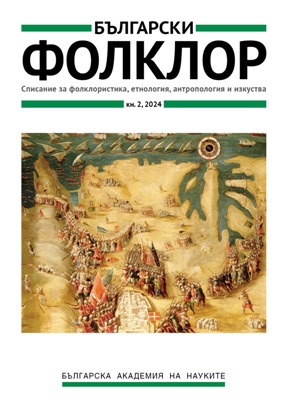
The article summarizes the concepts of historicism of the folklore-poetic works established in our science at the end of the last century. It reviews the recordings and publications of Bulgarian folk songs with the motif "A Virgin Rescues Malta" and examines the research and opinions concerning them. The article also analyses the metadata, associated with the already published versions, throwing more light on the context of their existence at the time of their recording in written form.
More...